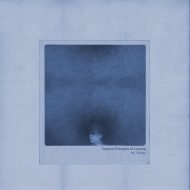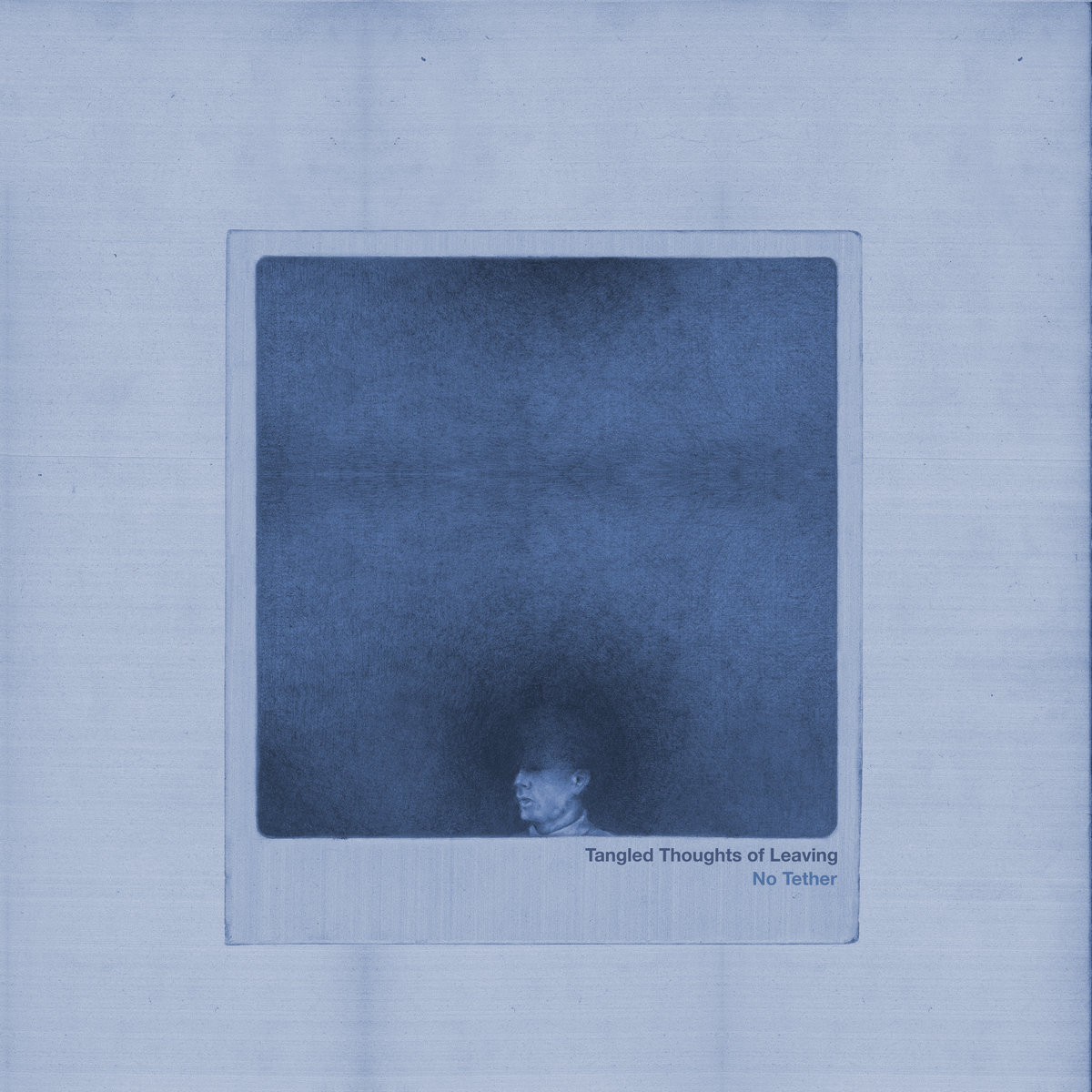 What do I know about the Australian music scene? Not much, really. I know the usual suspects, but that’s about it. Listening to No Tether, the new album by the four-piece instrumental band Tangled Thoughts of Leaving, from Perth, Australia, makes me think that I might be missing out.
What do I know about the Australian music scene? Not much, really. I know the usual suspects, but that’s about it. Listening to No Tether, the new album by the four-piece instrumental band Tangled Thoughts of Leaving, from Perth, Australia, makes me think that I might be missing out.
I had never heard of Tangled Thoughts of Leaving, I’m not ashamed to say, before being assigned to review their new album, although the band have quite a few releases behind them. Their first EP, Tiny Fragments, came out as far back as 2008, their last full-length Yield To Despair in 2015, all to critical acclaim and earning them quite a following.
Unaware of all of that, I was intrigued on first sight by the band name in combination with the album title and the cover design. I like all things twisted. And to have an alliteration in your band name including the word “tangled” and then an album title like “No Tether”, that also features the “t” sound, but has a “no” in front of it, negating the connection, with the opposing images of “tangled” and “no tether” – that’s as twisted as it gets.
The cover design, an image of a man’s head with different shades of blue above of it, doesn’t look like much at first glance, but if you take a closer look, you’ll see that the blue is structured. It reminds me a bit of images of the Big Bang or of the distribution of matter in the universe.
Intrigued, but still completely clueless as to what to expect, I gave the album a listen and realized that although the press info gives the genre as post metal/rock, the music has a strong experimental streak. Sure, there are tracks or rather parts of tracks that sound somewhat like post metal, and you can hear some jazz, noise and drone, but at the end of the day, you’ll be safest with the adjective “experimental”. With me, that’s a good thing.
I’ve developed quite a liking for experimental music, because it takes music a step further, beyond the confinements of lyrics and melodies. It manages to express feelings that are hard to explain and not thoroughly represented by words like “fear” or “confusion”.
Yeah, yeah, “What a load of crap,” I hear you thinking. Well, let me try a different angle to get you to warm to this.
Experimental music is a bit like maths or physics. You look at a series of numbers and at first you see only chaos. But if you engage with it, if you look closely and long enough, or in this case, if you listen closely, patterns will emerge from the seeming chaos. And there’s no feeling like detecting a structure in the chaos. Sometimes the structure just seems to be there and you can’t get ahold of it completely, but this is also intended, because that’s the ways life is. The mathematician John Nash went crazy trying to find structures where there were none. However, the fact that it’s just a little bit crazy is part of the attractiveness of experimental music.
In addition, this form of musical expression is pretty much free of ideology. Fed up with right and left wing thought? Feeling like it’s all hopeless anyway? Well, you won’t have to occupy yourself with any of that here. You can bring whatever you like to experimental music. It’s about basic feelings and instincts. Everyone can relate to that.
No Tether begins with the track Sublunar, which is another word for terrestrial, or all things “under the influence of the moon”, all things concerning earth. It is dominated by spherical sounds and static noise. Towards the end some random drumming is added to the mixture. Sound’s fun, doesn’t it?
The next track, The Alarmist, starts out as a more conventional post-metal piece, but gets completely dissected in the course of the track. In the finale you can make out something like screams in the noise. The video to the track is a pretty creepy watch. Like the music accompanying it, it starts out harmless and familiar, but ends disturbing.
Cavern Ritual, in the beginning, sounds just like its title: like the sound of a lot of singing bowls put into a loop, or a like many digeridoos being played at the same time. Signal Erosion continues deep and ominous, but there is also the piano, like flowing water, and functioning like a counter element to the rather threatening sound the other instruments combine to. In the ringing noise, you can, from time to time, hear a massive guitar riff. Powerful. Inner Dissonance is dominated by the piano, flowing nicely along, but without a direction, or a distinguishable pattern. The drumming is also seemingly random, but everything gets faster and more hectic towards the end. Binary Collapse, the second to last track, is my favourite. I like the dynamics, the irregularly recurring high notes of the piano and the busyness in the beginning and the end, and everything in between. Phenomenal.
The final track No Tether starts out with knocking noises and their echoes, seemingly asking “Anybody there?”. To answer that question, you will have to give the track a listen and decide for yourself.
So… What is this about? I’d say it’s about disconnection and disillusionment. From Signal Erosion to No Tether. And about all the things I mentioned in the beginning. Maybe you will hear something else.
To summarize: an innovative and intriguing piece of music. If you’re fed up with the same old same old in post metal/rock and looking for a band that takes things further – you’ve found it. Worth your time and your money.
(9/10 Slavica)

Leave a Reply